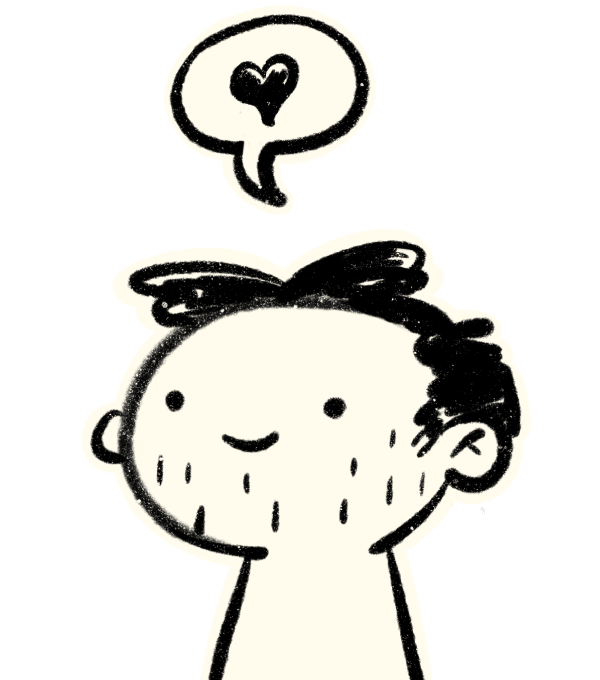I would not have expected to like this book so much. It was on my to-read list for years and every time I took a look inside I was appaled by the sheer nonsense I saw on every page.
But if you start at the beginning and invest the time and effort to understand the vocabulary Tolle using, a lot of what he's talking about makes sense.
To me, as a recovering overthinker, this book came at the right time.
The compulsive thinker, which means almost everyone, lives in a state of apparent separateness, in an insanely complex world of continuous problems and conflict, a world that reflects the ever-increasing fragmentation of the mind. Enlightenment is a state of wholeness, of being “at one” and therefore at peace. At one with life in its manifested aspect, the world, as well as with your deepest self and life unmanifested — at one with Being. Enlightenment is not only the end of suffering and of continuous conflict within and without, but also the end of the dreadful enslavement to incessant thinking. What an incredible liberation this is!
The mind is a superb instrument if used rightly. Used wrongly, however, it becomes very destructive. To put it more accurately, it is not so much that you use your mind wrongly — you usually don’t use it at all. It uses you. This is the disease. You believe that you are your mind. This is the delusion. The instrument has taken you over.
So when you listen to a thought, you are aware not only of the thought but also of yourself as the witness of the thought. A new dimension of consciousness has come in. As you listen to the thought, you feel a conscious presence — your deeper self — behind or underneath the thought, as it were. The thought then loses its power over you and quickly subsides, because you are no longer energizing the mind through identification with it. This is the beginning of the end of involuntary and compulsive thinking. When a thought subsides, you experience a discontinuity in the mental stream — a gap of “no-mind.” At first, the gaps will be short, a few seconds perhaps, but gradually they will become longer. When these gaps occur, you feel a certain stillness and peace inside you. This is the beginning of your natural state of felt oneness with Being, which is usually obscured by the mind. With practice, the sense of stillness and peace will deepen. In fact, there is no end to its depth. You will also feel a subtle emanation of joy arising from deep within: the joy of Being. It is not a trancelike state. Not at all. There is no loss of consciousness here. The opposite is the case. If the price of peace were a lowering of your consciousness, and the price of stillness a lack of vitality and alertness, then they would not be worth having. In this state of inner connectedness, you are much more alert, more awake than in the mind-identified state. You are fully present.
See if you can catch yourself complaining, in either speech or thought, about a situation you find yourself in, what other people do or say, your surroundings, your life situation, even the weather. To complain is always nonacceptance of what is.


